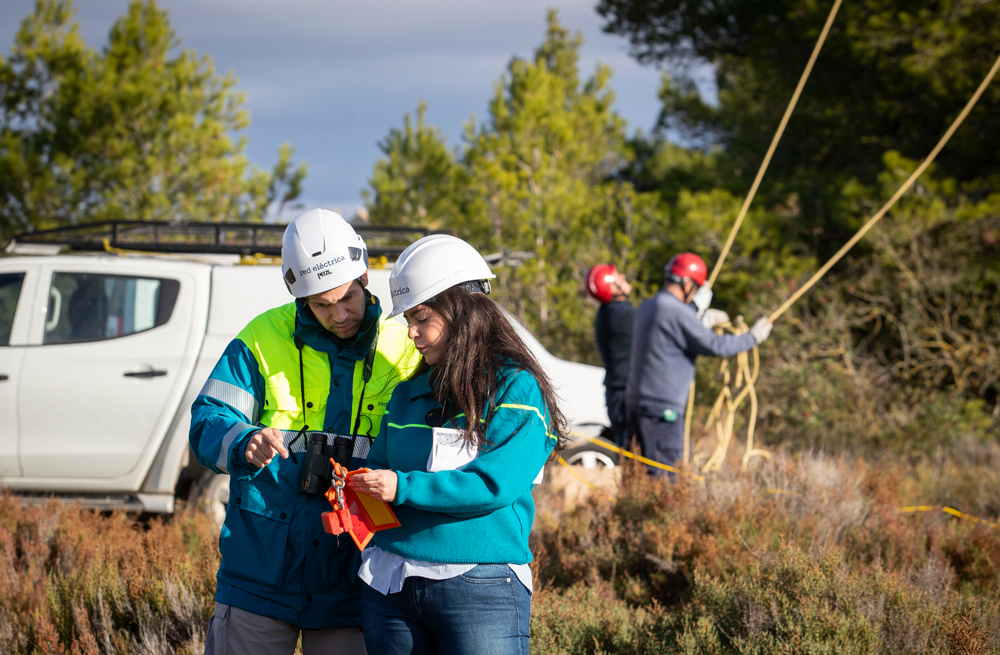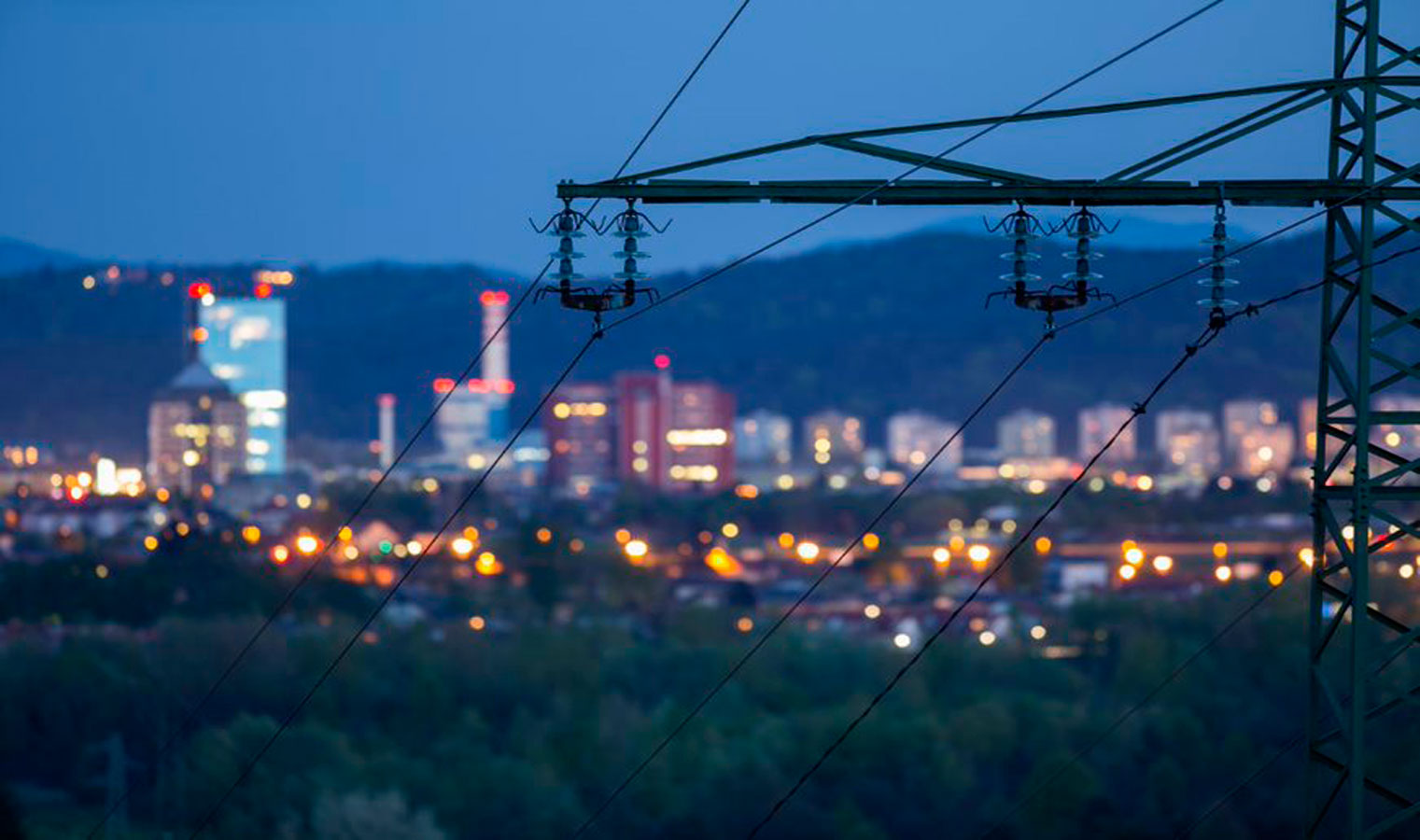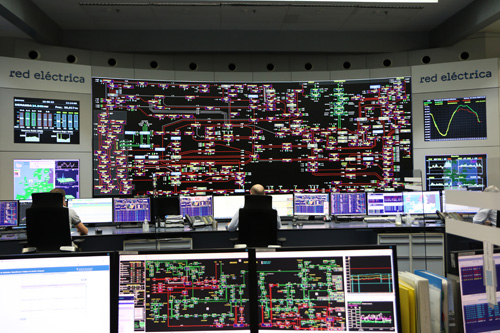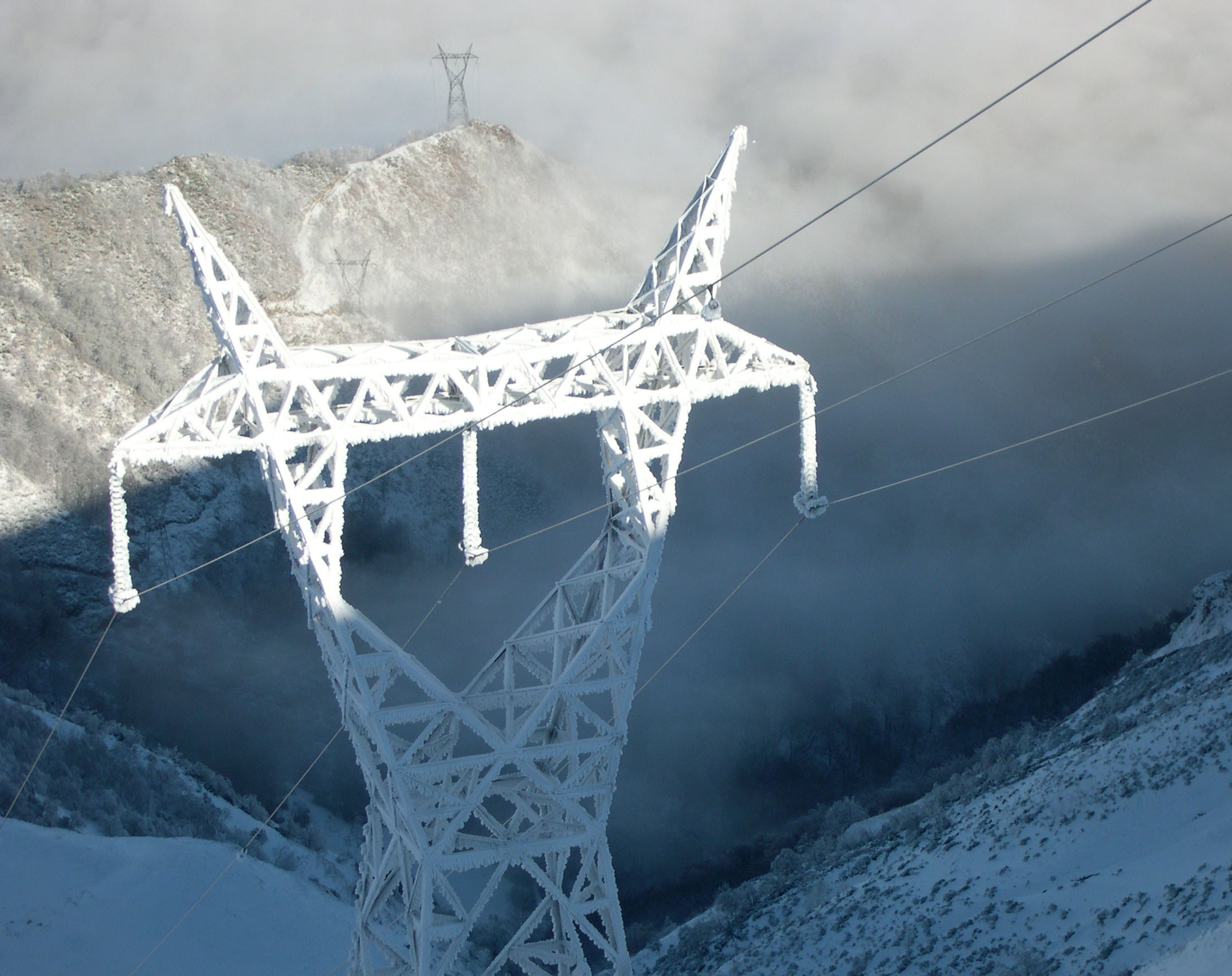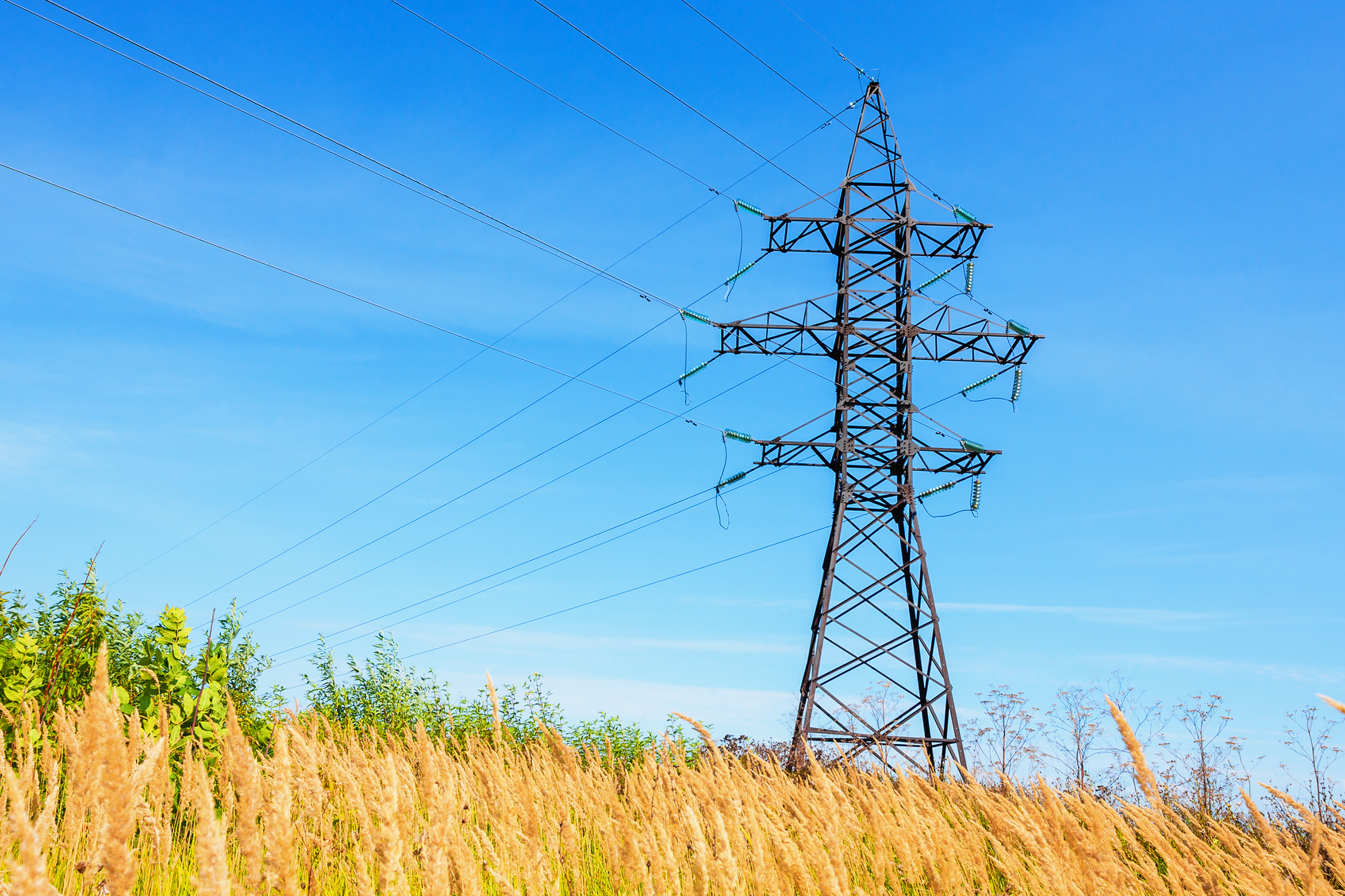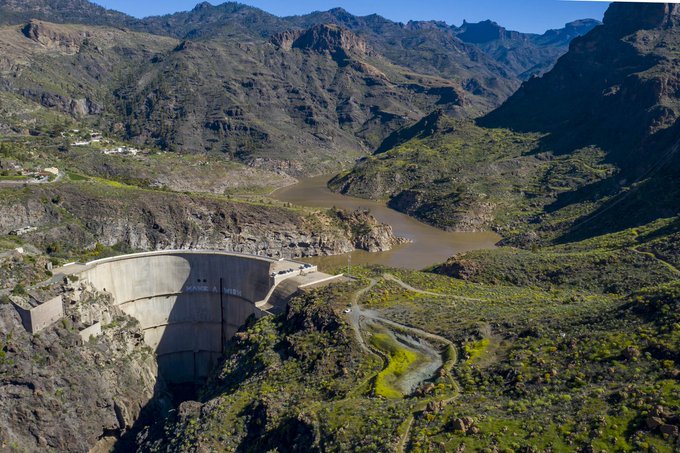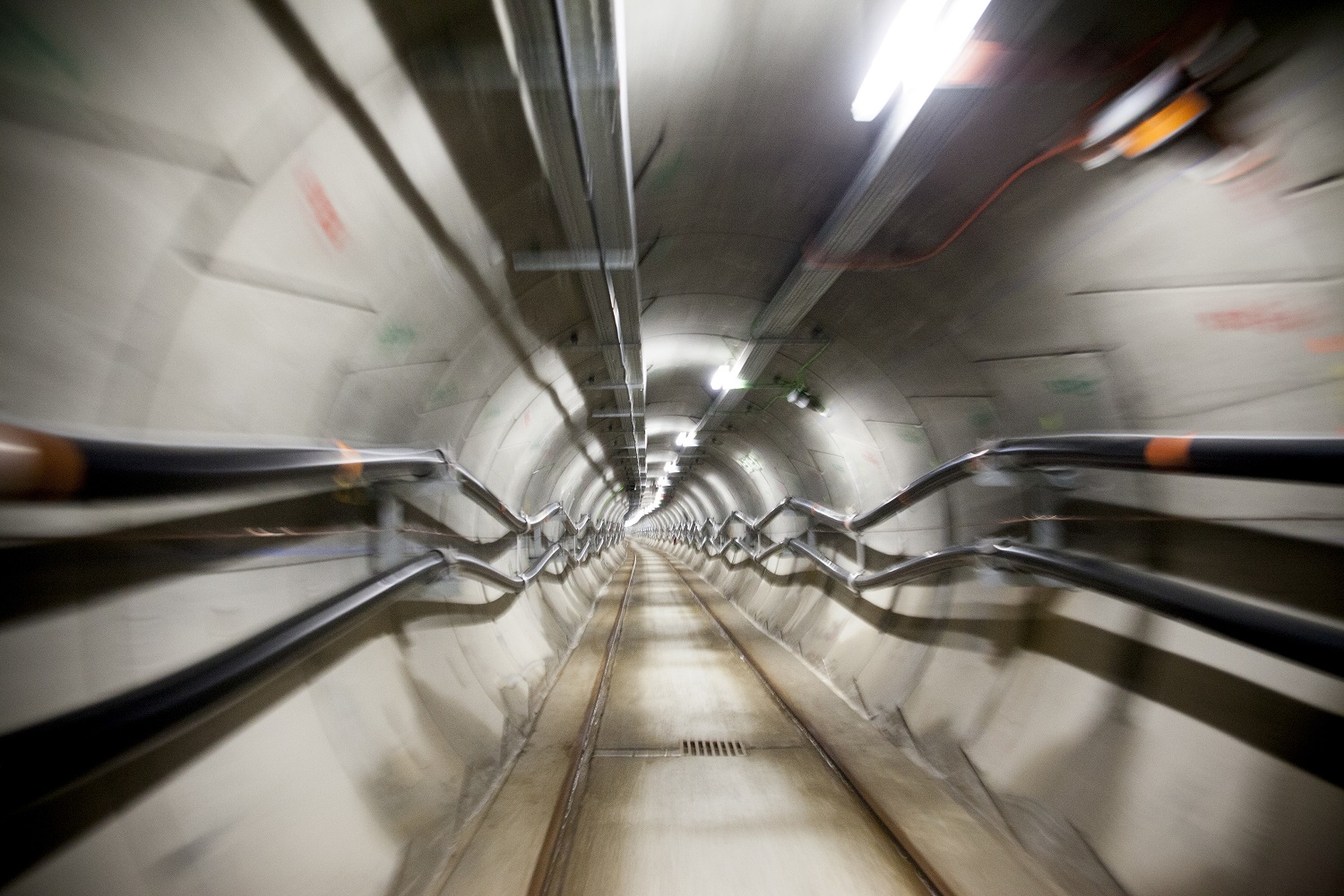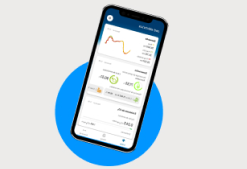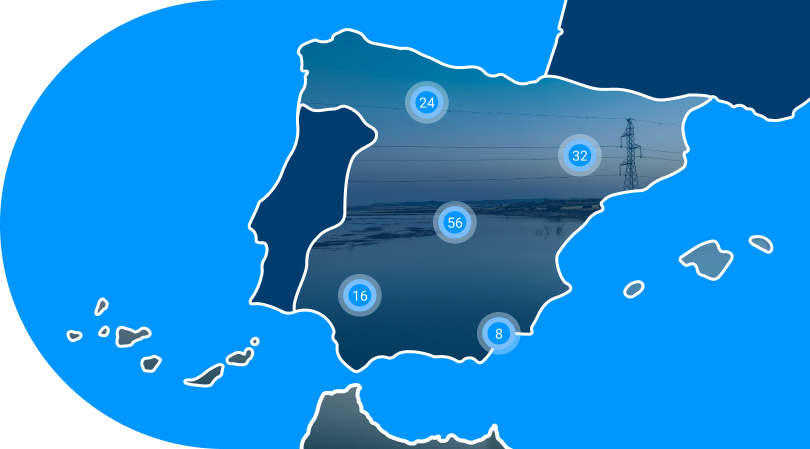For 40 years, we've been driving our country's economic and social progress. Four decades shaping Spain.
How we handle projects
How we handle projects
The processing of projects is a legally regulated procedure for obtaining the necessary permits and authorisations for executing infrastructure.
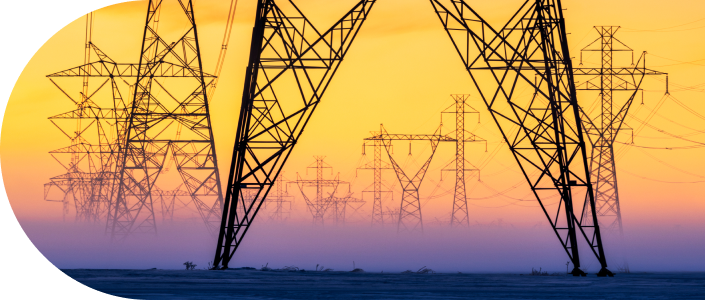
The processing procedure
As the sole transmission company for the electrical system, we promote the transmission grid infrastructures across the national territory and are responsible for their processing.
The processing of projects is a legally regulated procedure for obtaining the necessary permits and authorisations to execute infrastructure, ensuring minimal social and environmental impact on the territory hosting the installation.
This participatory process involves the promoter, public administrations, and civil society, achieving a consensus solution that meets the needs of different stakeholders.
Subject to regular environmental assessment projects of electricity transmission lines with a voltage equal to or greater than 220 kV and a length greater than 15 km, unless they are entirely underground in urbanised land, as well as their corresponding sub-stations (Annex I of Law 21/2013). Transmission lines longer than 3 km that significantly affect Red Natura 2000 or those decided by the environmental authority or requested by us as promoters. The procedure concludes with the issuance of the corresponding Environmental Impact Statement (EIS). On the other hand, those projects between 3 and 15 km long that do not affect Red Natura 2000 are subject to a simplified environmental impact assessment, concluding with the issuance of an Environmental Impact Report.
On the other hand, those projects between 3 and 15 km long that do not affect Red Natura 2000 are subject to a simplified environmental impact assessment, concluding with the issuance of an Environmental Impact Report.
Red Eléctrica: a commitment to shared benefits
At Red Eléctrica, we conduct our activities with a clear public service vocation, convinced that working for society requires engaging with it. Therefore, besides meeting all legal requirements for project processing, we strive to ensure our presence in the territory translates into shared benefits with the communities hosting our infrastructure.

Communication with the community
We operate assuming that the best knowledge of the territory lies with its inhabitants. Thus, in each project, we seek active participation from them and their representatives to ensure our facilities integrate into the local community with maximum consensus. Therefore, we aim to balance territorial, environmental, social, and economic interests.

Contribution to local development
At Red Eléctrica, we recognise that our presence in the territory is permanent. As such, we strive to ensure the shared benefits with the community are also permanent.
As part of our commitment, we collaborate on developing local communities and conserving their natural environment, promoting sustainability as part of our shared value generation with society. We promote the restoration of areas of special environmental value and support social development programmes to ensure the benefits of the ecological and digital transition reach all residents, regardless of their location.

Relationships with landowners
During project processing, we contact and visit each affected landowner to inform them of their specific impact and resolve any questions, aiming to reach satisfactory economic agreements regarding easements.
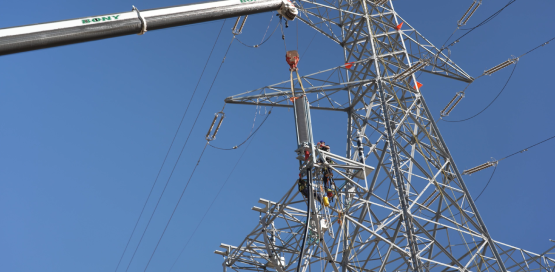
Smart Grid Maintenance (SAGA)
We rely on an asset management system based on AI and a predictive model to optimise activity planning and maximise resource use.

